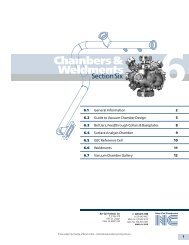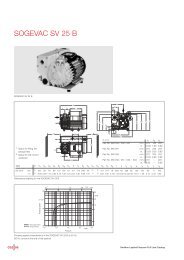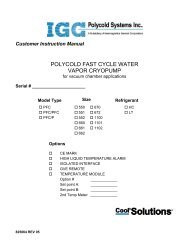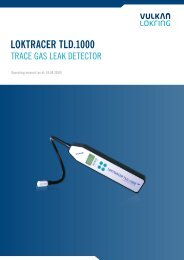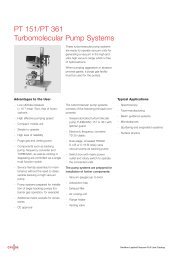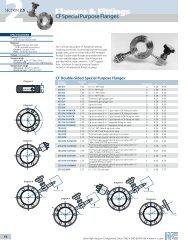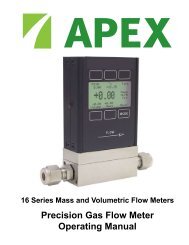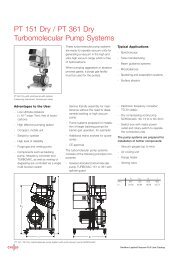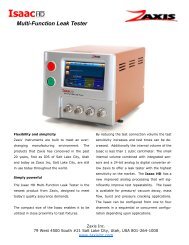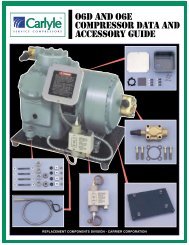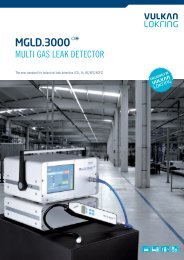Vulkan Lokring MGLD.3000 Product Manual - Schoonover, Inc.
Vulkan Lokring MGLD.3000 Product Manual - Schoonover, Inc.
Vulkan Lokring MGLD.3000 Product Manual - Schoonover, Inc.
Create successful ePaper yourself
Turn your PDF publications into a flip-book with our unique Google optimized e-Paper software.
Multi Gas Leak Detector <strong>MGLD.3000</strong><br />
Operating instructions<br />
Settings - Gas type and leakage unit setting Menu entries Warnings / functions<br />
Limit value for analysis<br />
mode<br />
Settings for multipoint<br />
mode<br />
Volume setting for<br />
alarm signal<br />
Gas type and leakage<br />
unit setting<br />
Language setting, dateand<br />
time setting<br />
Device ready to operate<br />
Probe active<br />
unlocked<br />
Connected to power socket<br />
Battery charge status<br />
This dialog allows you to preset the gas type and the unit for the indicated<br />
values (concentration or leak rate).<br />
The current settings are always highlighted in light blue.<br />
Gas types<br />
• H2: 100% hydrogen<br />
• 5% H2: 5% hydrogen in nitrogen<br />
• ~R134a: equivalence leak rate for R134a while using trace gas<br />
• ~R600a: equivalence leak rate for R600a while using trace gas<br />
The leak rate calculated here is only a guideline. A precise<br />
calculation is not possible because for a complete equivalence<br />
analysis between trace gas and R134a/R600a. Leak-specific<br />
parameters must be considered which vary for the leaks being<br />
analyzed and in general are unknown in the field.<br />
• R22, R134a, R290, R404A, R407C, R410A, R600a: Refrigerant<br />
• C02: carbon dioxide<br />
The preset gas type is indicated in the outputs of leak search modes.<br />
Setting the gas type<br />
List selection (press a list entry, scroll by pressing and simultaneously moving<br />
the finger up and down or by pressing the scroll bar, the current setting is highlighted<br />
in light blue)<br />
Unit for concentration or leak rate<br />
Concentrations are generally determined by the device (ppm) and are<br />
then converted to leak rates. The critical unit is thus the concentration<br />
data in ppm.<br />
The other units, g/y (gram/year), oz/y (ounces/year), atm ccm/s (atmospheres<br />
cubic centimeters/sec) or mbar l/s are calculated quantities<br />
and are dependent on a constant flow through the hand probe<br />
BAL_MGLD3000_20101001_en.doc 41-54



